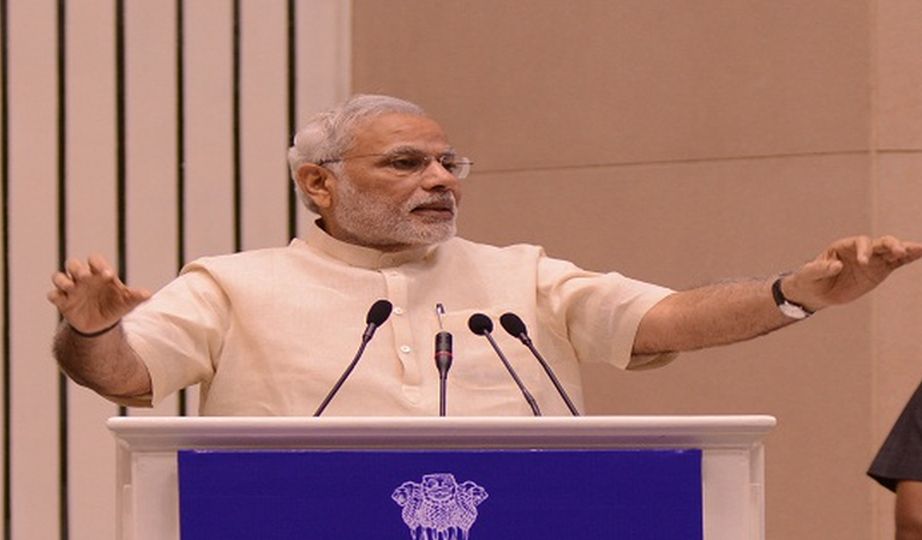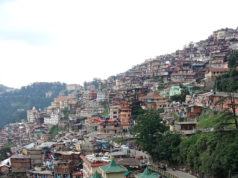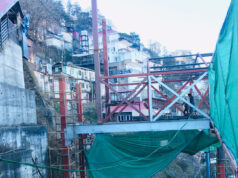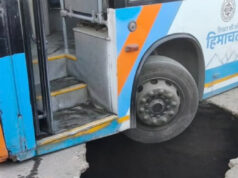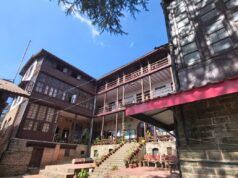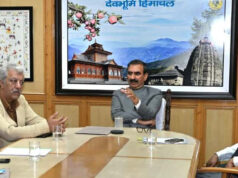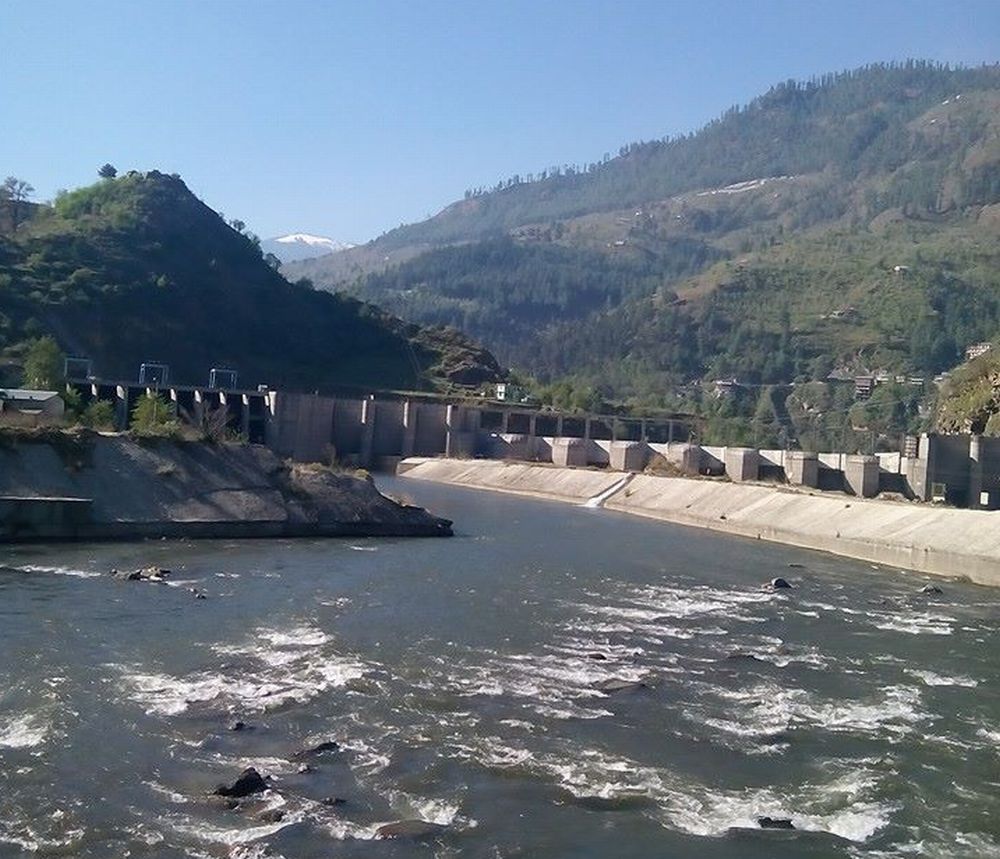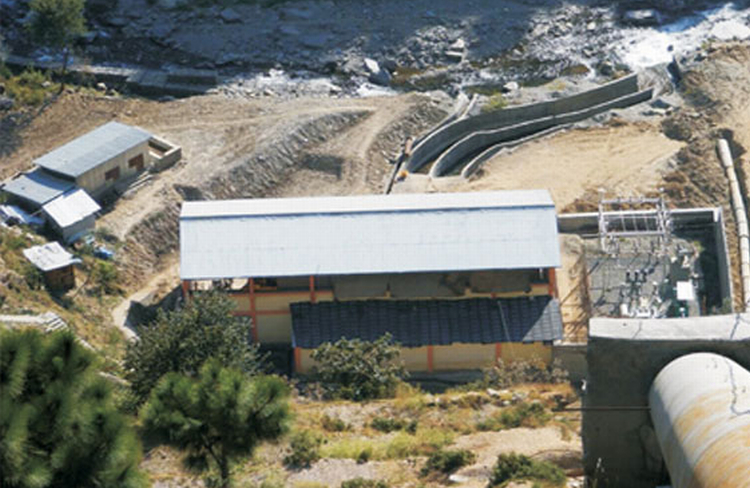Amid an outcry of poor civic amenities in cities bursting at seams, work on the Smart cities with state of the art facilities – automatic traffic lights, sprawling solar panels dotting neat dwellings, clean green campuses, digitalized working, round the clock vigil through close circuit cameras, has picked up momentum. Visions are coming on drawing boards and future 98 smart cities identified. Uttar Pradesh and Jammu & Kashmir have to pick up one each soon to touch 100 cities mark.
With the announcement of future smart cities list, the clock has started ticking. The Narendra Modi Government is pursuing the smart city project to give it a desired momentum with copious funds. Allocations plans have already been announced. In a related development, after recent meltdown in the Chinese financial markets and its cascading impact the world over, focus on infrastructure activities has increased. Development, especially roads and highways, would have a multiplier effect and boost rural jobs. Experts say the infrastructure is the backbone of the smart city mission which is all set to get boost due to these developments.
Finance Minister Arun Jaitley recently said India can act as one of the “other engines” of world economic growth with China changing to slower gears. “So the world needs other engines to carry the growth process. And in a slowdown environment in the world, an economy which can grow at 8-9 per cent like India certainly has viable shoulders to provide the support to the global economy,” Jaitley said. He said the priority of the National Democratic Alliance Government is to ease the business environment for the global investors from the Central government, down to states and local bodies. Land acquisition, corruption, private investment with greater space for public are the main challenges which, experts say, must be tackled to ensure desired results in a stipulated period with political consensus to realize the mission.
The list of cities, unveiled recently by Urban Development Minister M Venkaiah Naidu after a nationwide “competition” between states includes Varanasi, Allahabad, Lucknow, Ghaziabad, Bareilly and Agra from Uttar Pradesh, Tiruchirapalli, Thanjavur, Salem, Vellore, Chennai, Coimbatore and Madurai from Tamil Nadu, Nashik, Thane, Solapur, Nagpur, Navi Mumbai, Aurangabad and Pune from Maharashtra, and Bhopal, Indore, Jabalpur, Gwalior and Ujjain from Madhya Pradesh. It also encompasses Ahmedabad, Gandhinagar and Baroda in Gujarat, and Bhagalpur and Muzaffarpur in Bihar.
Uttar Pradesh and Tamil Nadu have the maximum number of 12 cities under the list followed by Maharashtra with 10, Madhya Pradesh with seven, Karnataka and Gujarat with six each, Rajasthan with four, Andhra Pradesh, Bihar and Punjab with three each. Of those chosen for the project, 24 are capital cities, as many as business hubs and 18 cultural centers. The two remaining two smart cites aspirants will be decided in due course as J&K sought more time to decide on its choices for the project and UP has reported that Meerut and Raibareilly have been tied in the valuation and this is to be decided which will be the selected one.
The smart cities aspirants had been chosen through an intra-state competition. Each state and Union Territory has evaluated all the urban local bodies in respective states and Union territories, based on existing service levels, financial and institutional capacities and past track record and reforms and nominated the top scores, as per the slots given to each state and UT. Eight smart cities nominees have a population of one lakh and below, while 35 cities and towns between one to five lakh. There are 21 cities, with a population ranging between five to 10 lakh, 28 cities above 10 lakh and below 25 lakh. A set of five cities are in the population range of 25 to 50 lakh.
Four cities- Chennai, Greater Hyderabad, Ahmedabad and Greater Mumbai-have population of above 50 lakh. Population statistics suggest that 64 towns and cities are in the category of small to medium, while the remaining 34 are large ones. Nine capital cities- Itanagar, Patna, Shimla, Bengaluru, Daman, Thiruvananthapuram , Puducherry, Gangtok and Kolkata could not be nominated for smart cities development. “In one sense, this non-inclusion goes to prove that the selection of first stage of competition was not swayed by the status or importance of cities and the selection was objective and as per the stipulated criteria’’, Naidu clarified.
Names were finalized after competitive selection process taking into consideration all parameters including job opportunities and enhanced economic activities. Strategies are being drawn to involve locals in evolving smart solutions. Locals will be involved in urban interventions. Declaration of names, however, has caused acrimony among those left out in the 98 cities list. The firming up of almost all smart city aspirants, the ‘city challenge’ competition has now entered the second stage.
In the next couple of days, the Government will release Rs 2 crore for each of the 98 cities for preparation of smart city plans. The region-wise panels of reputed agencies for assisting smart cities aspirants for preparation of smart city plans have been formed by the urban ministry. In the second stage of the city challenge competition, all smart city plans received by the Urban Development ministry will be evaluated, based on a set of six broad criteria. The top scoring 20 cities in the first round of competition in the second stage will be chosen for financing during this financial year. The remaining will be asked to address the deficiencies identified before participating in the second and the third rounds of competition. Forty cities each will be identified for financing during the second and third rounds.
The Central government proposes to give financial support to Mission to the extent of Rs 48,000 crore over five years. The chosen smarty city will be given Rs 100 crore per city per year over the next five years. Accordingly, the Central government has made a provision of Rs 48000 crore for the next five years for the smart cities mission. The States/UTs and Urban local bodies have to make an equal matching contribution. This in effect means that Central and state governments and ULBs will invest about Rs 1 lakh crore over the next five years for making 100 chosen cities smart.
Smart city plans will be implemented by a special purpose vehicle to be set up for each identified city to enable a focused effort for effective implementation. States/UTs and Urban local bodies will have 50:50 equity in SPV. Private sector can also be roped in with equity with the management control remaining with states/UTs.
Under the Smart cities and the Atal Missions, about 80 per cent of the country’s urban population would be reached out with the objective of enhancing the quality of life, which is the need for the hour. The prime objective of the Smart cities mission is to enhance quality of urban life. Smart cities will have the core infrastructure and will give a quality and decent life to citizens. It will enable a clean environment and provide smart solutions to problems. More than a dozen leading countries have expressed keen interest to associate themselves with this mission. These include the US, UK, France, Spain, Germany, Netherlands, Sweden, Japan, China, Singapore, Israel and Australia.
The smart cities mission seeks to ensure basic infrastructure services to enable a decent quality of life in urban pockets and a clean and sustainable environment and adoption of smart solutions and providing more public spaces to poor. It will be implemented through areas based approach consisting of retrofitting, re-development, pan city initiatives and development of new cities. The project would herald a qualitative change in the living standards of the lucky residents as it would have clean energy with lush green campuses and good quality of air quotient and speedy but pollution free private and public transport. Even schools will have digitalized facilities to ensure regular monitoring of both teachers and students. The proposed cities will be bereft of slums and industrial units will be organized in the manner to have zero impact on the civic life despite high production in the industrial peaceful units.
Urban population, according to 2011 census, was about 37 crore accounting for 31 per cent of total population. Currently, 31% of India’s population lives in cities; these cities also generate 63% of the nation’s economic activity. These numbers are rapidly increasing, with almost half of India’s population projected to live in its cities by 2030.
Naidu says the need today is a Smart livable city with transparency & accountability. Revenue generation & mobilization should be the main focus of Urban Local Bodies. He has encouraged the Urban Local Bodies, “Be bold enough to raise user charges.”
A statutory town is one that has a municipal body. There are 4,041 statutory cities/ town as per 2011 records. Out of these, about 500 cities with a population of above one lakh each, are focus of AMRUT. These 500 cities account for 73 per cent of India’s population. Number of cities that can be nominated for AMRUT so far are like this : A&N (1), Andhra Pradesh (31), Arunachal Pradesh (1 ), Assam(7), Delhi (1), Karnataka( 27), Kerala( 18), Uttar Pradesh (54), WB (28) Maharashtra (37), Bihar ( 27), Jharkhand (11) etc. While assigning the 100 smart city slots among states/UTs, geographical equity has been taken in to consideration to ensure that each state/UT gets at least one smart city. Cities nominated by each state will participate in the second stage of the inter city competition among all such 100 cities which a related to prepare smart city plans to be evaluated by the ministry’s panel of experts on a set of laid out criteria.
Pan city components could be interventions like intelligent transport solutions that benefit all residents by reducing commuting time. Both Smart city mission and AMRUT are linked with are virtually biologically linked. AMRUT, entailing an investment of Rs50,000 crore, envisages proper infrastructure services relating to water supply, sewerage, seepage management, storm water drains, transport and development of green spaces and parks with special plans of meeting needs of children.
The Mission inter alia aims at achieving urban reforms such as e-governance, building of professional municipal cadre, devolving funds and functions to urban local bodies, review of building bye laws, improvement in assessment and collection of municipal taxes, credit rating of urban local bodies, energy and water audit and citizen centric urban planning. The AMRUT Mission will be implemented in 500 cities and towns each with a population of one lakh and above. It will also be carried out in some cities situated on stems of main rivers, a few capital cities and important cities located in hilly areas, islands and tourist areas.
The smart city initiative planners have agenda for core infrastructure services like adequate and clean water supply, sanitation and solid waste management, efficient urban mobility and public transport, affordable housing for the poor, power supply, robust IT connectivity, governance, especially-governance, security and safety of inhabitants, well developed health, education services besides sustainable urban development. The Mission inter alia aims at achieving urban reforms such as e-governance, building of professional municipal cadre, devolving funds and functions to urban local bodies, review of building bye laws, improvement in assessment and collection of municipal taxes, credit rating of urban local bodies, energy and water audit and citizen centric urban planning.
A reform matrix with timelines will be circulated to states in the guidelines. Sources said the government has already approved central funding under AMRUT to the projects sanctioned under JNNURM and not completed. JNNURM projects relating to the urban development sanctioned during 2005-2012 and achieved physical progress of fifty per cent availing 50 per cent central assistance released and those sanctioned during 2012-2014 will be supported till March 2017. Accordingly, 102 and 296 projects will get central support for balance funding to complete these projects.
“The Ball is now in the court of states & urban local bodies to take full advantage of this enthusiasm by being appropriately pro-active .The next 10 years are‘ Very crucial’ for rewriting our urban landscape . We can’t afford to miss this opportunity. It is like perform or perish for the states & urban bodies. The Clock has begun to tick.” says Venkaiah Naidu.


